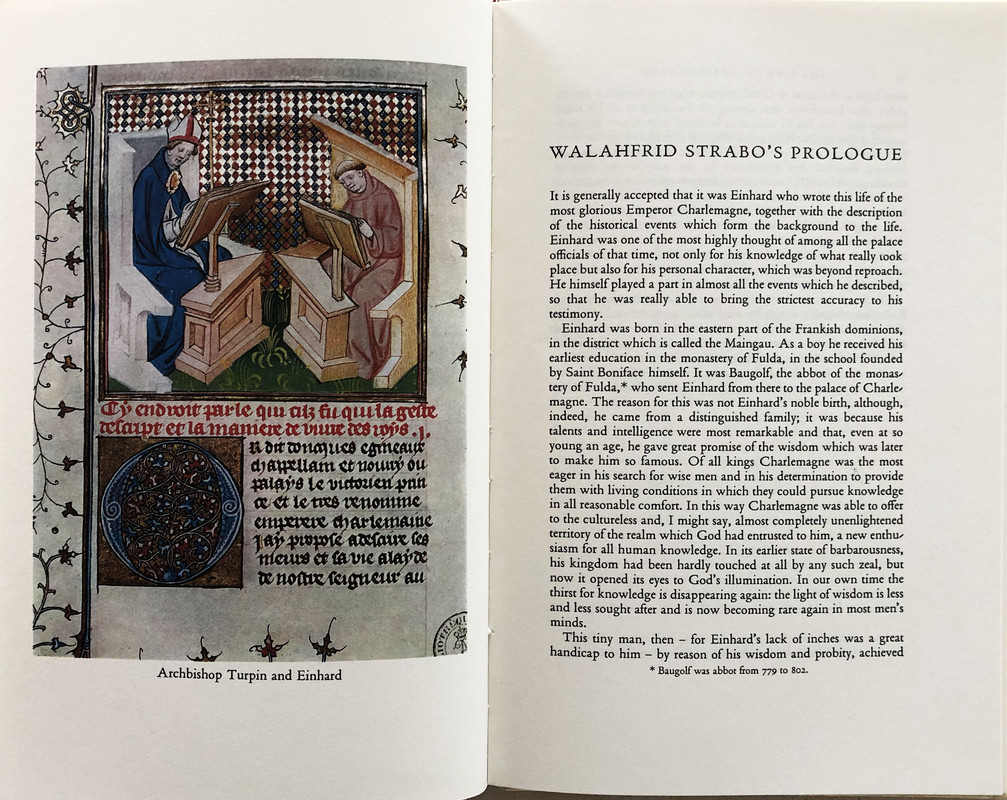

Taken together, the two biographies offer insight into the Middle Ages as well as the process of historical writing at this time.

At times, he cites nonexistent sources or mistakes dates, using parables to teach lessons while criticizing the pride of high-born bishops. Notker’s work compiles anecdotes of Charlemagne rather than attempt to offer a proper biography, invoking the virtues of Charlemagne in order to please his patron. The work demonstrates the effect of that patronage, as Charles III sought to emulate his great-grandfather, even modeling his palace at Sélestate in Alsace after Charlemagne’s Palace at Aachen. Notker wrote his account of Charlemagne’s life for Charles III, known as “The Fat,” the great-grandson of Charlemagne who visited Gall in 833. Ogg (1907) and Thomas Hodgkin (1897) consider the work a faithful account and a starting point for modern biographers. Unlike other biographies from the Middle Ages that focus on their subjects’ good deeds, scholars such as F.A. He worked in Charlemagne’s court and so had good knowledge of his source, drawing upon first-hand accounts while using his book to promote education. Charlemagne lived between 2 April 748 and 28 January 814, and was King of the Franks from 768, King of the Lombards from 774, and the Holy Roman Emperor from 800, uniting most of Western Europe for the first time since the fall of the Roman Empire in 476.Įinhard sought to evoke classical works, specifically Suetonius’s Lives of the Caesars. English.Penguin Books’ Two Lives of Charlemagne collects Einhard’s Vita Karoli Magni (Life of Charles the Great), written between 817-833 CE, and the Gesta Karoli (“deeds of Charlemagne”) written by the Monk of Saint Gall in the 880s, whom scholars believe to be Notker the Stammerer. 1969 | Notker, Balbulus, approximately 840-912. Gesta Karoli Magni | Einhard, 770 (ca.)-840. Vita Karoli magni imperatoris | Notker, Balbulus, approximately 840-912. | Holy Roman Empire - Kings and rulers - Biography.

4 of Bibliotheca rerum germanicarum.Ĭharlemagne, Emperor, 742-814. Translation of Einhard's Vita Karoli Magni imperatoris and of Notker's Gesta Karoli Magni as published in 1867 in v. Two lives of Charlemagne, translated with an introduction by Lewis Thorpe Book Bib ID


 0 kommentar(er)
0 kommentar(er)
